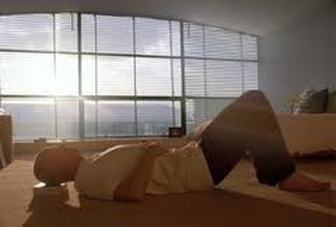|
The end of the year is approaching. Everyone is caught up in preparations for the holidays. Not surprisingly, concerns of the pelvic floor may be taking a back seat at this time. In a very appropriate arrangement of priorities, matters of bathroom habits, physical performance and sexuality are a few rungs down on the priority ladder when placed up against family, gifts, and food. What are the reasons behind, and the cost of delaying attention to pelvic health in this way?
1 Comment
May is pelvic pain awareness month, and pelvic pain is a topic I am asked about so frequently that it bears talking about from a variety of angles. So many women and men live day in and day out with pain in their pelvic region, buttocks, genitals, pubic area, tailbone, groin, bladder, genitals, rectum. It can get in the way of day to day activities like sitting, walking, sleeping, sexual activity, exercising, working, or child care. It can change your mood, your focus, your ability to engage with people you want to (or just need to) spend time with and pay attention to.
By now there is a fairly well-established understanding in at least parts of the medical community, as to how many aspects of health and well-being are influenced in women by pelvic health, and in particular by good function of the pelvic floor muscles. Urinary incontinence, urinary urgency and frequency, bladder pain, sexual pain and other sexual dysfunctions, pelvic organ prolapse, constipation, pudendal nerve pain, as well as hip, sacroiliac, and lumbar joint problems, are all associated with pelvic floor dysfunction.
|
Helping health-oriented people overcome pelvic health problems, and live the life you love!Deborah S. CohenSpecialist Pelvic Health Physical TherapistCategories
All
|




